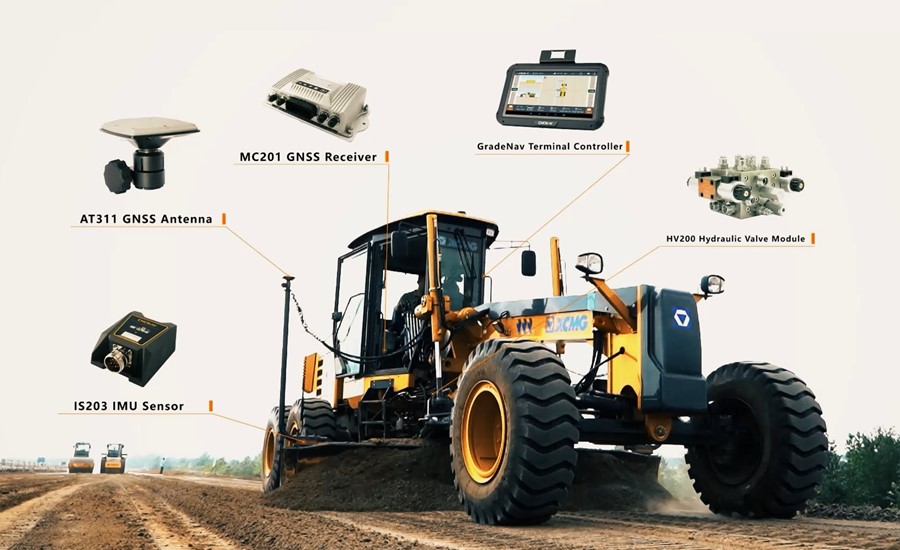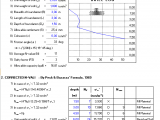
How AI and GPS Are Revolutionizing Road Construction
1 August 2025Table of Contents
How AI and GPS Are Revolutionizing Road Construction
The roar of a diesel engine, the skill of a seasoned operator, and the slow, methodical process of shaping the earth—this has been the face of road construction for decades. But a quiet revolution is underway, replacing guesswork with data and manual control with intelligent automation. At the heart of this transformation are two powerful technologies working in unison: Artificial Intelligence (AI) and the Global Positioning System (GPS).
This isn’t science fiction. This is the new reality of “smart construction,” where machines are guided not just by human hands, but by digital blueprints and intelligent algorithms. This article explores how this synergy is reshaping earthwork and paving, delivering unprecedented levels of accuracy, efficiency, and safety.
Beyond the Map: From GPS Location to Machine Control
For years, GPS has been a staple for surveying and mapping construction sites. But its role has evolved dramatically. Today, high-precision GPS, often referred to as Grade Control or Machine Control technology, does more than just tell a machine where it is on a map. It tells it precisely where it needs to be, down to the centimeter.
Here’s how it works:
-
The Digital Blueprint: Engineers create a detailed 3D model of the finished road, including every slope, elevation, and layer of material (subgrade, base, asphalt).
-
On-Board Intelligence: This digital model is loaded directly into the onboard computer of construction machinery like dozers, graders, and excavators.
-
Real-Time Positioning: The machine is equipped with rugged GPS receivers that constantly track its exact position (horizontal and vertical) on the site.
-
Automated Guidance: The machine’s computer continuously compares its current position to the 3D model. It then automatically controls the hydraulic systems to move the blade or bucket to the exact design elevation.
The operator transforms from a manual controller into a system supervisor, ensuring the machine follows the plan flawlessly, eliminating the need for constant staking and manual checks.
The AI Difference: Turning Guidance into Intelligent Action
If GPS-based machine control is the nervous system, Artificial Intelligence is the brain. AI takes the raw data from the GPS and digital model and elevates it to a new level of operational intelligence.
This is where the true revolution lies:
-
Intelligent Earthwork: An AI-powered dozer doesn’t just know the target grade; it can determine the most efficient path to get there. It analyzes the terrain in real-time to optimize blade tilt and angle, minimizing fuel consumption and the number of passes required. This is particularly crucial in complex earthmoving operations where balancing cut and fill volumes is key to cost control.
-
Predictive Pavement Quality: In paving, AI systems can integrate data from multiple sensors. For an asphalt paver, this includes GPS for guidance, thermal sensors to monitor the asphalt mat temperature, and compaction sensors on the rollers. The AI analyzes this data stream to predict pavement quality in real-time. It can alert the crew if temperatures are dropping too quickly or if compaction levels are inadequate, preventing costly rework long before the asphalt cools.
-
Automated Compaction: AI-guided soil compactors can create a real-time map of the work area, tracking the number of passes over every square meter. The system guides the operator (or itself, in autonomous models) to ensure uniform compaction across the entire site, eliminating weak spots that could lead to future road failure. It prevents both under-compaction and wasteful over-compaction.
The Tangible Benefits of AI-Driven Construction
Adopting AI and GPS guidance isn’t just about using futuristic technology; it’s about delivering measurable results that impact the entire project lifecycle.
-
Unmatched Accuracy: Manual methods are subject to human error. AI-guided machines work to the digital plan with sub-centimeter accuracy, ensuring perfect grades and material layers. This leads to a smoother final surface and a longer-lasting road.
-
Radical Efficiency and Speed: Projects are completed faster. The need for survey stakes is virtually eliminated, and machines work right the first time. Fewer passes, optimized fuel burn, and reduced rework slash project timelines.
-
Significant Cost Savings: Material usage is optimized to the exact design specifications, reducing waste of expensive materials like concrete and asphalt. Lower fuel consumption and reduced labor hours for surveyors and checkers directly cut project costs.
-
Enhanced Safety: With the machine managing the fine details of the work, operators can focus more on their surroundings, increasing site awareness and safety. Furthermore, removing the need for surveyors to walk near heavy moving equipment drastically reduces risk.
The Road Ahead: The Future of Smart Highways
The integration of AI and GPS is just the beginning. The future points towards fully autonomous construction sites where fleets of intelligent machines work collaboratively. Drones equipped with LiDAR will continuously scan the site, feeding updated data to an AI “site manager” that orchestrates the machinery, optimizes logistics, and documents every step of the process.
For road and highway construction, this technology is no longer a niche advantage—it’s becoming a competitive necessity. By embracing the power of AI and GPS, the construction industry is building not just better roads, but a smarter, more efficient, and safer future.


